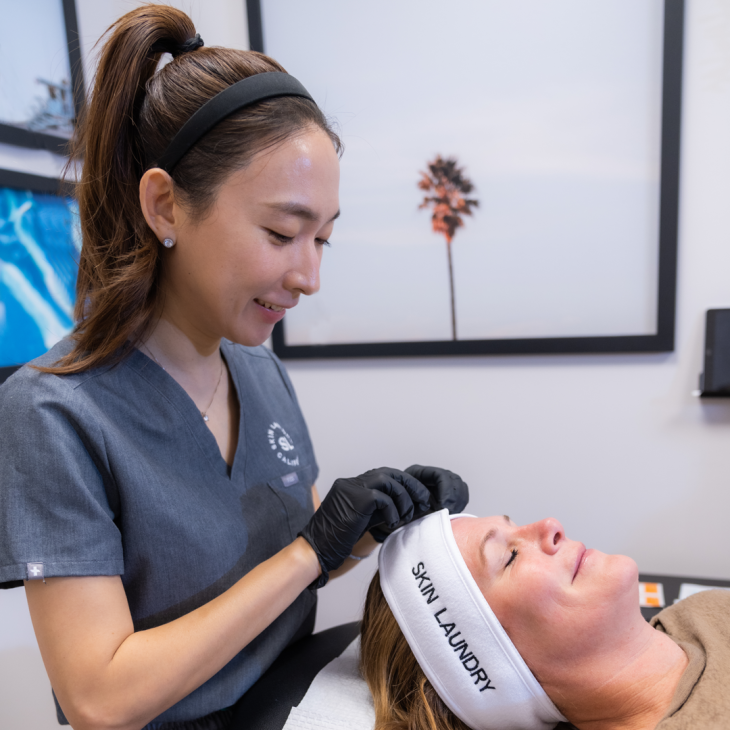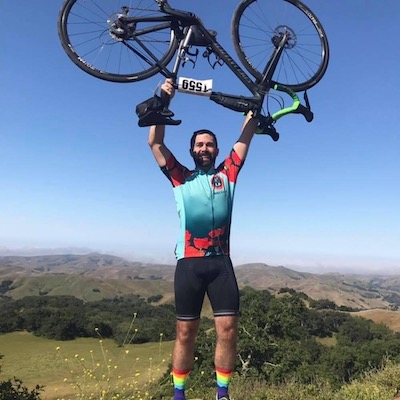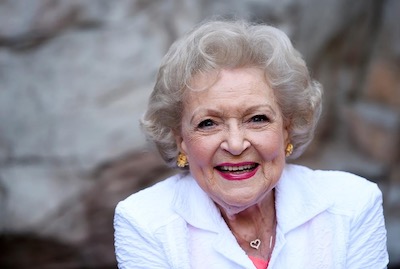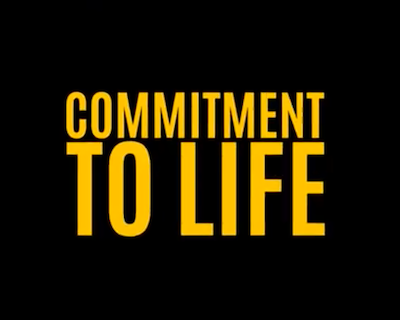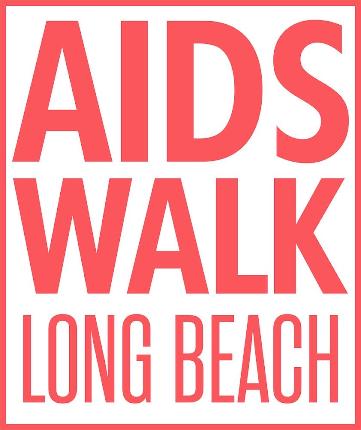The AIDS Institute wants you to know that age is not a condom.
Tuesday, Sept. 18 is the 10th anniversary of National HIV/AIDS and Aging Awareness Day. People over the age of 50 account for 47 percent of Americans living with diagnosed HIV, according to the Center for Disease Control.
SPREADING AWARENESS
“The HIV epidemic is dominated by older adults aging with HIV,” said Stephen Karpiak, PhD, Senior Director for Research for the ACRIA Centers at Gay Men’s Health Crisis. “These folks are experiencing significantly more illnesses associated with aging than is typical. This heavy burden of disease, including HIV, is challenging how we care for these older adults, many of whom are long-term survivors.”
OnThe AIDS Institute launched National HIV/AIDS and Aging Awareness Day 10 years ago in an effort to raise awareness of the alarming increase in the number of older adults becoming infected with HIV as well as those older adults over 50 aging with HIV. The campaign highlights the complex issues related to HIV prevention, care and treatment for aging populations in the United States.
“While there is a growing awareness that there is a critical need for both more services for, and more research about, older adults living with and affected by HIV, our nation is not fully prepared for the medical and social implications of this growing population,” Karpiak said.
Existing research on appropriate treatment is limited, and HIV and AIDS stigma are widespread among older communities. Moreover, the myth that older adults are not sexually active causes a serious barrier to prevention and care.
In 2013, the Centers for Disease Control and Prevention reported persons aged 50 and older accounted for approximately:
- 18% of new HIV diagnoses
- 26% of persons living with HIV
- 27% of all AIDS diagnoses
- 59% of all deaths of persons with AIDS
According to the CDC, Older people in the United States are more likely than younger people to have late-stage HIV infection at the time of diagnosis. This means that they start treatment late and possibly suffer more immune-system damage. Late diagnoses can occur due to elderly stigmas. Health care providers may not always test older people for HIV infection. Older people also may not consider themselves to be at risk of HIV infection or may mistake HIV symptoms for those of normal aging. Among people aged 55 and older who received an HIV diagnosis in 2015, 50 percent had HIV over four years before diagnosis. This is the longest diagnosis delay for any age group.
“We know that older people living with HIV and AIDS are presenting our community with a host of new challenges—and opportunities,” GMHC CEO Kelsey Louie said. “We want to continue to be a place where these folks feel supported and where we can connect them with the appropriate care.”

Those that think they may have been exposed to the HIV virus can find testing locations close to them HERE and HERE.
For more information, visit the Center for Disease Control website HERE.
HIV DATA
-
People aged 50 and older accounted for 17% (6,812) of the 39,782 new HIV diagnoses in 2016 in the United States. People aged 50 to 54 accounted for 43% (2,959) of the new diagnoses among people aged 50 and older.b
-
Among people aged 50 and older, blacks/African Americans accounted for 42% of all new HIV diagnoses in 2016. Whites accounted for 37%, Hispanics/Latinos accounted for 18%, and other races/ethnicities accounted for 4%.
-
Among people aged 50 and older, 49% of new HIV diagnoses in 2016 were among gay and bisexual men,d 15% were among heterosexual men, 24% were among heterosexual women, and 12% were among people who inject drugs.e
-
From 2011 to 2015, HIV diagnoses among all people aged 50 and older decreased by 7%.
-
In 2016, 35% of people aged 50 and older already had late stage infection (AIDS) when they received an HIV diagnosis (i.e., they received a diagnosis late in the course of the infection). But that percentage has declined since 2011, when 42% already had late stage infection.
-
In 2015, an estimated 47% (454,684) of Americans with diagnosed HIV were aged 50 and older. Of these, 38% (171,172) were aged 50-54, 29% (131,430) were aged 55-59, 18% (81,438) were aged 60-64, and 16% (70,644) were aged 65 and older.
-
Among all people aged 55 and older with HIV in 2015, 95% had received a diagnosis, 69% received HIV medical care, 56% received continuous HIV care, and 60% had a suppressed viral load.f By comparison, 86% of all people with HIV had received a diagnosis, and 51% had a suppressed viral load at the time of their last test. A person with HIV who takes HIV medicine as prescribed and gets and stays virally suppressed can stay healthy and has effectively no risk of sexually transmitting HIV to HIV-negative partners.
-
In 2015, 2,749 people aged 55 and older died from HIV disease.
People Living With Diagnosed HIV by Age, 2015, United States

HIV Diagnoses by Age, 2016, United States




